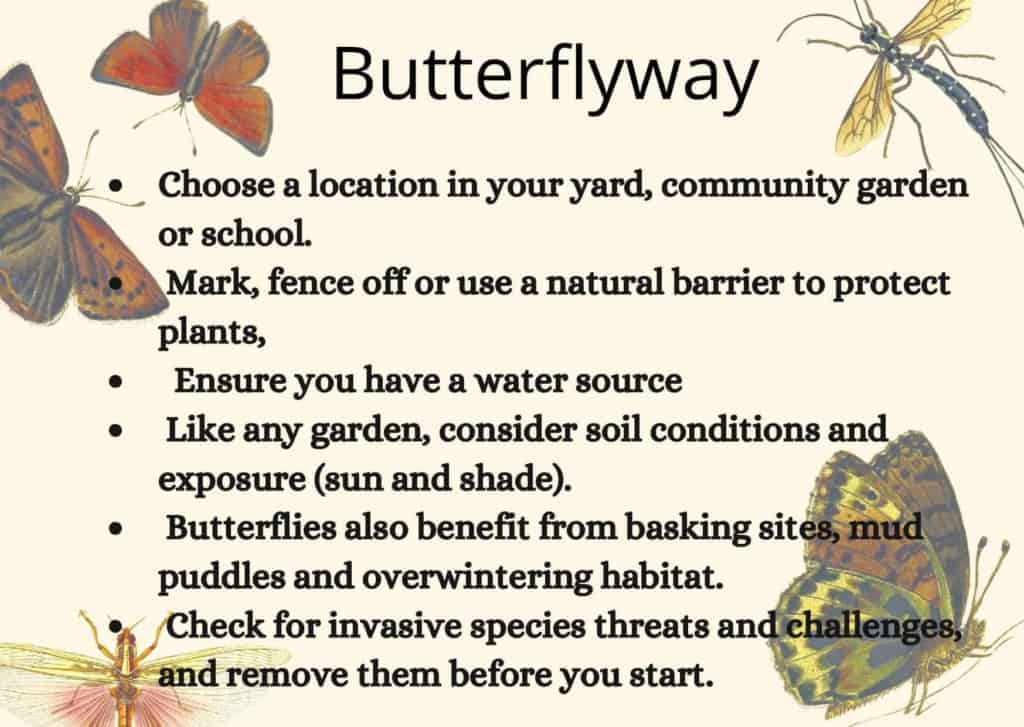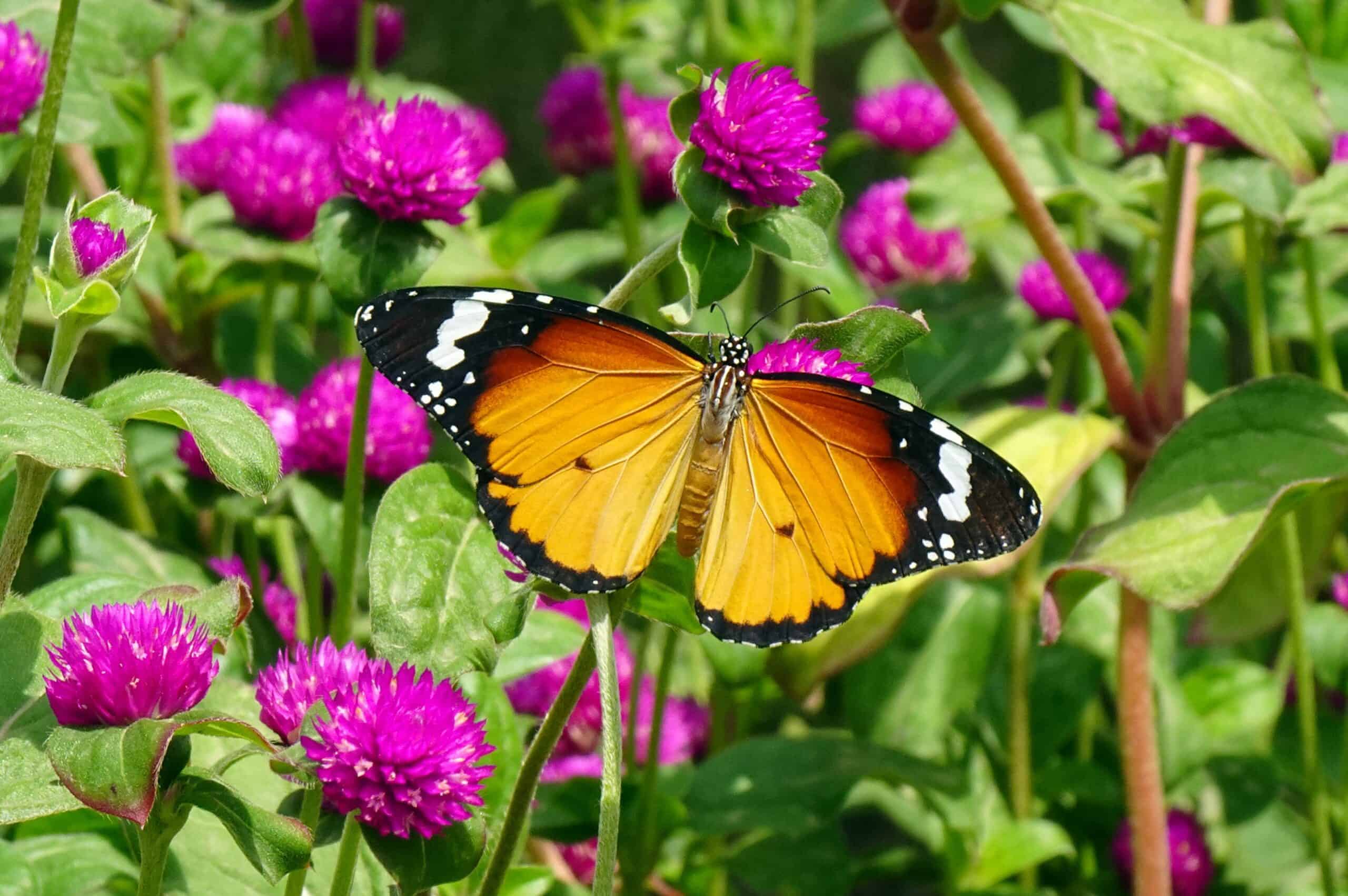What we can do to improve sustainability
Personal sustainability lessons from the pandemic experience
Sustainability is a widely used and broadly defined concept. We think of sustainability as assessing and maintaining equitable conditions across socioeconomic conditions, geographic circumstances, and generational timelines. We seek to find and demonstrate opportunities for society to prosper in balance with the planet. It is about embracing norms that benefit all, not just the few.
COVID-19 has starkly changed our norms. It’s hard for anyone to say what the world will look like after COVID-19, but certainly there will be a number of new norms. Despite the upheaval, there are signs of strengthened connection, hope, and resilience. While so much of the news is disappointing, they contain lessons.
By staying home and isolating, by finding novel and local options, we have reduced energy consumption, greenhouse gas emission, and increased air quality… for now. When things return to normal—that will be the true test of our society.
We hear lots about what business, industry, and government can do, but what about us? If new narratives and norms become a part of the conversation, we can hope the sustainability movement will continue forward and be more powerful than ever.

Here are some individual choices we can make to be sustainable and safe.
Work: Many people have been working from home. There are many reasons why working from home, even a day or two a week, may be beneficial to the employee, employer, and the environment. Talk to your work about future plans for remote work.
Cleaning: Vinegar can be used for cleaning. It is cheap, effective, and non-toxic. Here are some everyday household uses for vinegar, based on research:
Household natural sanitizers like lemon juice and vinegar reduced the number of pathogens to undetectable levels.
Vinegar can inhibit growth of and kill some food-borne pathogenic bacteria. Plus, vinegar’s ability to kill bacteria increased with heat! (Salt helped too.) “The combined use of vinegar and sodium chloride, with use of an appropriate treatment temperature, was found to be markedly effective for the prevention of bacterial food poisoning.”
Household disinfectants like vinegar and baking soda used on their own were highly effective against potential bacterial pathogens, but less effective than commercial household disinfectants.
Please note that at present there is no scientific evidence or studies that show vinegar kills a virus like COVID-19.

Travel: Commuting, travelling, or driving halfway across the city for a coffee with friends are things many of us used to do. Now we are cycling and walking to get around more. This is good for our pocketbooks and the environment. Car repairs require mechanics and are often expensive; we can usually fix bikes ourselves. Over the past five years, the City of Edmonton has been installing more bike lanes and has a downloadable map of the bike lanes on edmonton.ca/cycling.
Shopping: We are better at planning our shopping now and buying key products in bulk. By stocking up, we can find new ways to make the most of what we have, waste less, and enjoy life more. This can include reducing food waste by freezing or dehydrating food, composting, and moving toward zero-waste. Also, a free and environmentally-friendly way to refresh your wardrobe and make new friends is to host a clothing swap.
Investing in nature: Did you know you can help nesting birds and build butterflyways in our yards or within community spaces? (See tips).
Help nesting birds by starting a collection of natural, biodegradable, pesticide-free nesting materials like dog fur, moss, twigs, and dried leaves. Please do not use human hair, yarn, string, dryer lint, or synthetic fibres. Put these materials in a reused bag, like a lemon bag. Tie it off, remove any loose strings, and hang it in your yard.
With some help from the David Suzuki Foundation (davidsuzuki.org/what-you-can-do/plant-butterflyway-at-school/), you can plant a butterflyway at home or at your school. The many benefits include habitat for butterflies and local bees, education and community learning opportunities, connection with nature, and a greener community. Defend Alberta Parks: The current government has decided to delist or close 167 Alberta provincial parks. At this time, when we know that access to nature is beneficial to mental and physical health and provides families and friends with safe outdoor opportunities, we need to keep our parks. There is a campaign called iusealbertaparks.org. Please take the time to log in. You can find the parks across Alberta, log your visit to the park, and adopt a park. There has been a groundswell of resistance to these parks’ changes, so please join the organization.
Featured Image: We can make sustainable choices, like building a butterflyway. | Pixabay







